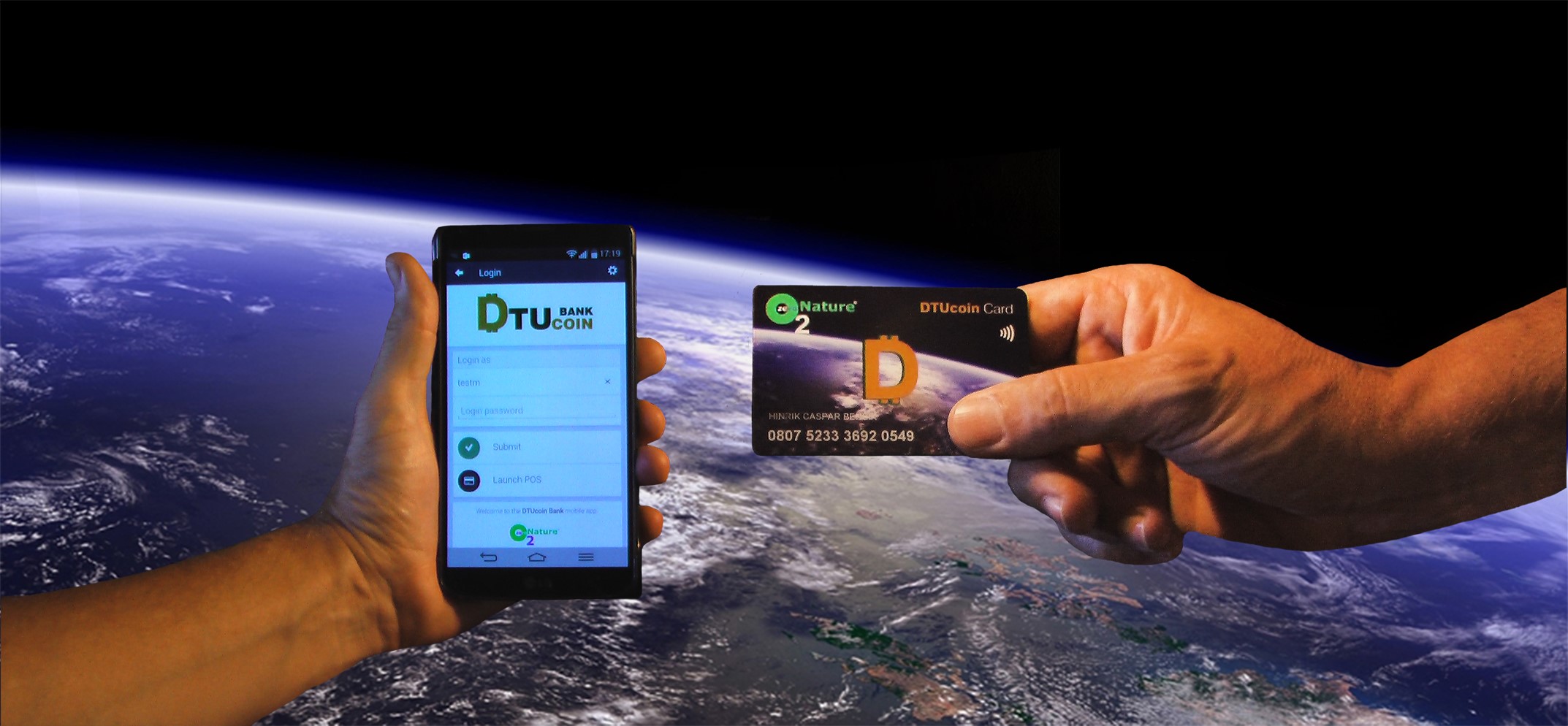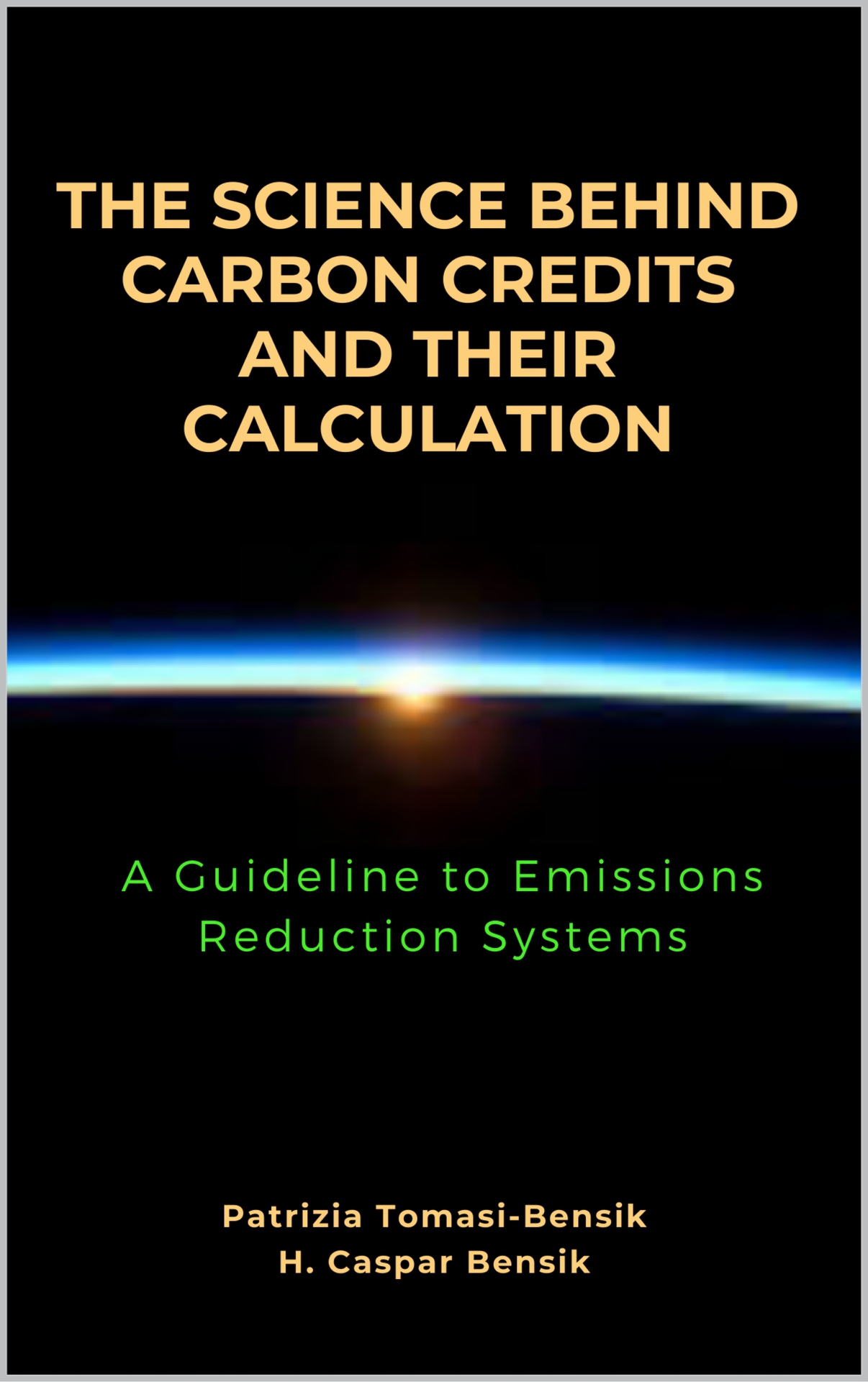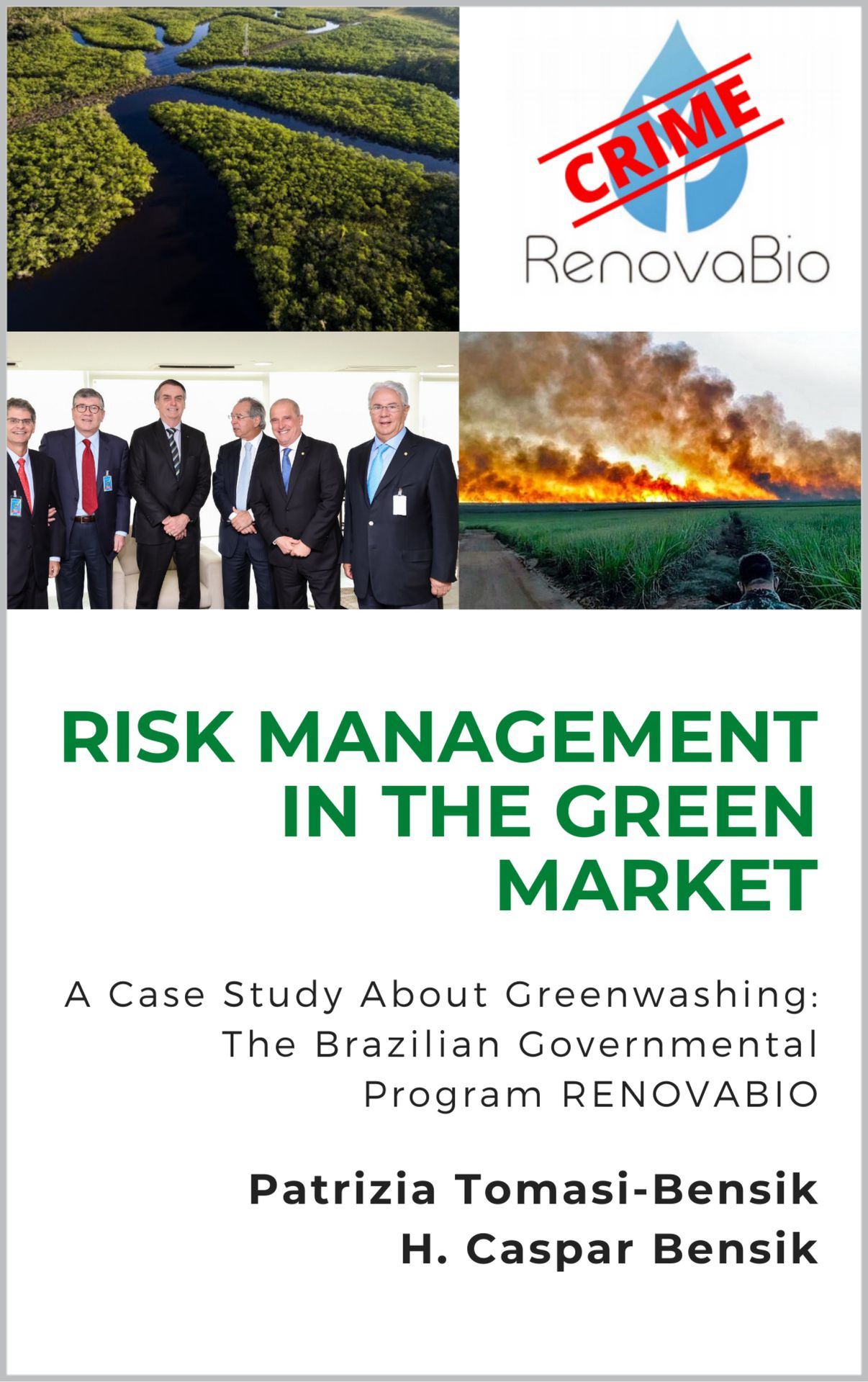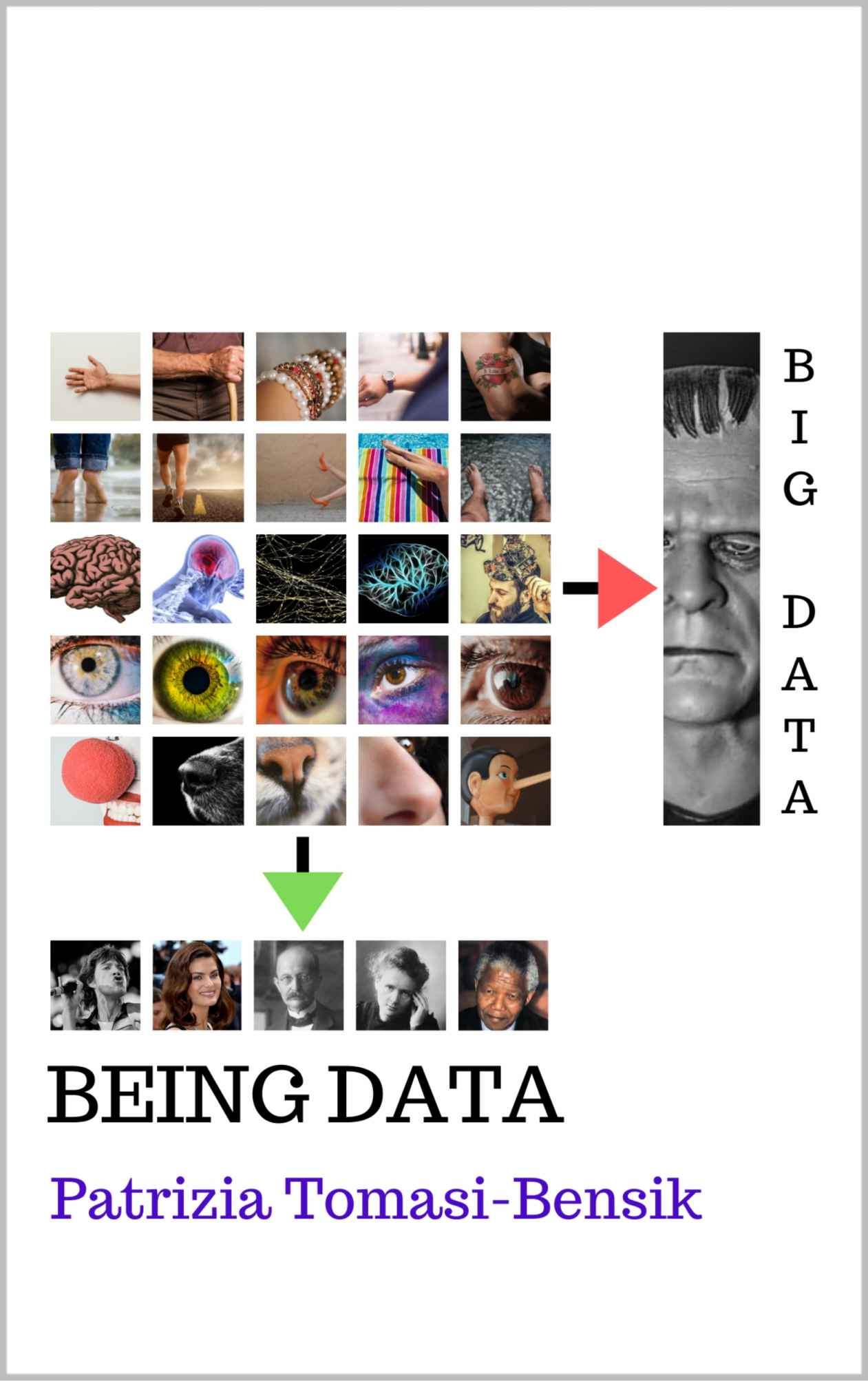Planck E PressCenter Articles
The Quantity Theory of Money and the DTX
Date published: 2022-10-31
Date modified: 2022-10-31
Reading time: 00:04:24

“Not knowing when the dawn will come, I open every door.”
Emily Dickinson
The purpose of this article is to present the exact fit of the first real green cryptocurrency on the planet, the DTUcoin or simply DTX, from the perspective of Milton Friedman's Quantity Theory of Money. In the end, the reader will have a framework that will allow focusing on various perspectives, providing a context where an investment refers more to the agility of perception of the new than the assumption of high risks.
By proposing his version of the Quantity Theory of Money (QTM), Friedman warns not only of the fact that this is a theory of currency demand and not a theory of income generation but also establishes that currency is an asset like others and competes for a position in the investment portfolio.
Even from these unorthodox premises, Friedman concludes, similarly to the classic QTM, that the demand for currency holds a stable relationship with nominal income.
For families, the currency is an asset like any other that provides some useful service, while for a firm, currency is like a capital good, a source of productive services. Therefore, the analysis of the demand for currency, parting from the basic units holding wealth in society, can be formally identical to the analysis of the demand for a consumer service.
Friedman considers that the following items are determinants of the demand for currency:
- Total wealth;
- Price of this form of wealth vis-a-vis their alternatives;
- Tastes and preferences of wealth units.
Total Wealth
Friedman defines wealth as all sources of "income" or consumable services. The functional formula that this concept assumes is as follows:
Y = iW
Where i represents the rate of return on wealth (W).
Moreover, the definition of income here is unlike the concept of GDP. In terms of total wealth, the income level enables a stable level of consumption kept indefinitely (permanent income). In addition, Friedman proposes wealth to be maintained in a human and nonhuman way.
Thus, wealth can manifest itself as:
- Currency: convenience, security, real purchase power (inverse price);
- Titles: yields interest;
- Actions: More dividends appreciation
- Physical goods: returns depending on goods prices
- Human Capital: For Friedman, it is not possible to express market prices or return rates on human capital.
Tastes and Preferences
By addressing the subjectivity of tastes and preferences as one of the determining factors of currency demand, Friedman proposes that the relationship between currency stock and the price level is a function of total wealth (Y/P) of the relationship between human wealth and not -human, the expected rate of return on securities, the expected return rate of shares, the expected rate of variation on the price of goods, and quite comprehensively, the tastes and preferences involved in the adopted scenario.
This article seeks back-up in Friedman's QTM not only for its ability to adapt to any specific segment of the market but mainly by the possibility of adopting a single metric system, which ensures the absolute processing security of the collected data. Moreover, Milton Friedman uses his theory as a form of opposition to Keynesianism. He reconstructs neoclassical theory with QTM, adopting free market fundamentalism as his ideology, refuting and rejecting Keynesianism in favor of monetarism. Furthermore, he loathes any regulation of the economy, fighting in favor of the decentralization of markets that meets the worldwide trend of a new economy, which starts in virtual currencies like Bitcoin and finds its most perfect manifestation in DTX, which, we repeat, is the First Real Green Complementary Currency on the planet.
The current DTX offer is an ultra-concentrated action where taste and preference variables aren't accounted for and where the application of QTM adopts its original equation:
M.V = P.Q
Where:
- V = the speed of the currency;
- P = market prices;
- Q = quantity traded in the economy (ie P.Q representing the nominal product);
- M = the amount of currency.
Considering the tremendous marketing appeal of the first real green currency on the planet and the possibility of making DTX payments with cards that operate with contactless technology, a market study in the San Francisco Bay Area pointed out 10,400 commercial establishments aligned with the principles of the Zero2Nature system, and able to adopt DTX as a means of payment.
According to conservative calculations compiled with data from the Statista website related to the 2020 GDP of US$431.7 billion in the Francisco Bay Area, US$100 billion refers to the retail business, as follows:
- Hypermarkets/Supermarkets: US$24 billion;
- Fuels and lubricants: US$15 billion;
- Food Products /Beverages /Tobacco: US$10 billion;
- Fabrics/Clothing/Footwear: US$10 billion;
- Pharmaceutical products: US$9 billion;
- Department Shops/Appliances/Furniture: US$14 billion;
- Construction material: US$10 billion;
- Computer and communication equipment: US$1 billion;
- Other Retail: US$7 billion.
The projected implementation period in the San Francisco Bay Area for the DTX is 12 months.
Considerations:
- The commercial establishments affiliated with the DTUcoin system have no extra financial obligations;
- That the transaction rates practiced will be equivalent to those of credit cards;
- That the retailer can exchange DTX for USD after three days of receipt;
- That affiliated commercial establishments will be widely publicized by the marketing campaign;
- That the retailer benefits from the DTX ecological appeal;
- That the process of buying and selling DTX involves payment of currency fees and spreads and,
- That a portion of this market does not meet the requirements of the ZerO2Nature Standard and, consequently, will not be able to adhere to the use of DTX.
Projections indicate an adhesion rate between 40% and 45%. Conservatively, 4,000 commercial establishments are expected to use DTX as a means of payment and/or exchange during the first year of implementation in the San Francisco Bay Area. Assuming that these 4,000 establishments respond for US$30 billion and DTX transactions respond for 0.5% of this revenue, the projected turnover for the first year is US$150 million.
Taking into account that during the implementation phase, 250,000 DTX will be injected into the market, with a total market value of -October 30, 2022- equal to US$ 7.75 million, with the application of the QTM we arrive at:
V = PQ/M = 150,000,000/7,750,000 = 19.35
In other words, the speed of the currency or the number of times the same unit is traded, during the first year of DTX implementation, in the San Francisco Bay Area is 19.35.
Considering that the total rate of a complete currency cycle corresponds to 9%, US$7.75 million generates US$697,500.00 of wealth. For this reason, the forecast of wealth generated during the first year of the DTX operation will be approximately US$13.5 million. That is, the wealth generated almost doubles the absolute value of the currency in circulation.
Recent Presscenter Articles
-
The Parametrization of Science
-
A Scientific Impossibility
-
The Unsustainable Stability of the Atom
-
The Bell-Curve and the Neutron
Planck E - Books
For further information about Planck E PressCenter, please contact us.
Divulging ingenious solutions
The mission of the Planck E PressCenter is to promote ideas, products and theories that have not yet reached the mainstream, as captured in our first release Eccentrics and their Ingenious Solutions.
Newsletter
Sign up for our weekly Planck E Newsletter, complete with the latest ingenious solutions.
Click here for the signup form.
Submit your ingenious solution
We encourage you to submit your ingenious solution, article, press release or "out of the mainstream" technical idea for publication on the Planck E PressCenter. Please send us an e-mail to presscenter@planck-e.com and enquire how.
To learn more about holistic engineering, solutions inspired by nature, monetization of diseconomies, training courses or the incorporation of Being Data to your day-to-day, please follow us on the social networks.



